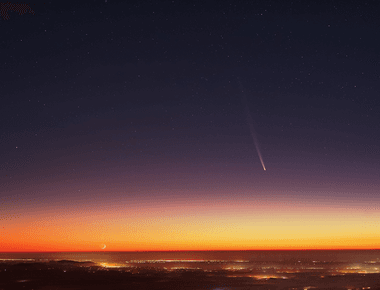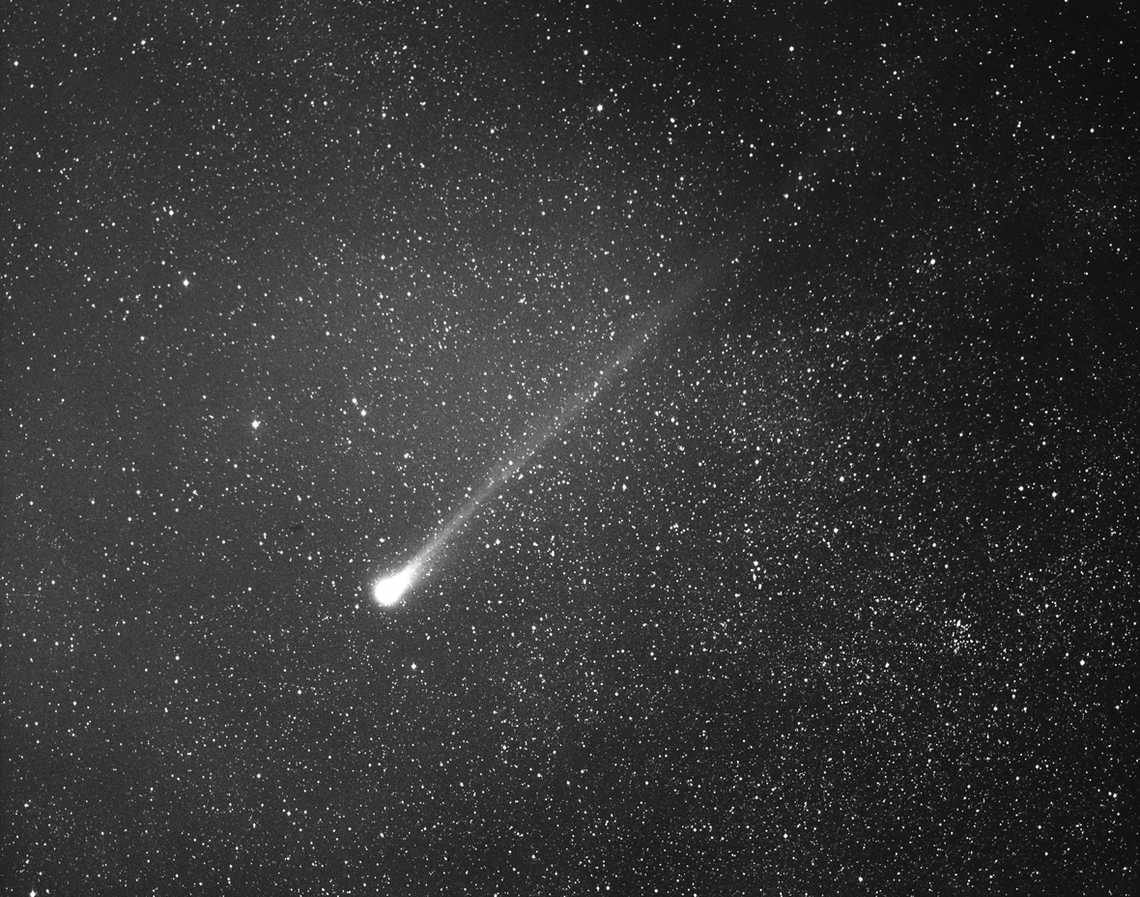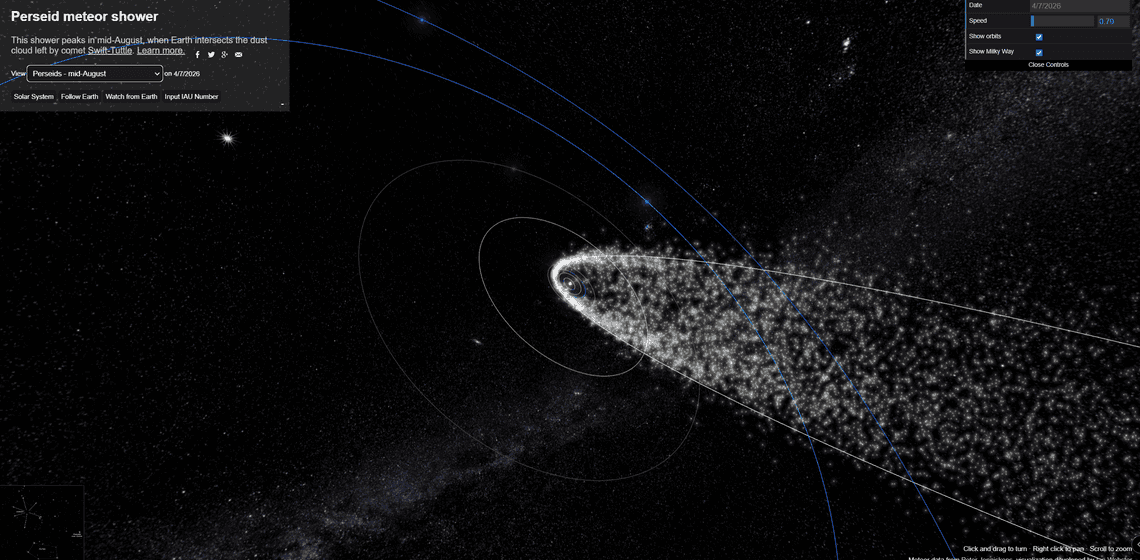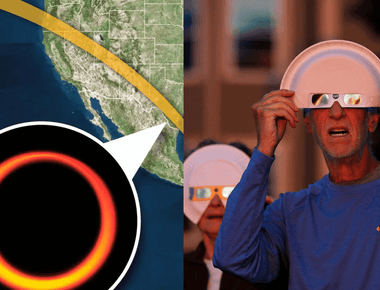
How to Watch Perseid Meteor Shower

Table Of Contents
Every year, as summer wanes in the Northern Hemisphere, the night sky comes alive with one of the most spectacular celestial shows visible from Earth: the Perseid meteor shower. This annual event captivates stargazers and astronomy enthusiasts alike, offering a dazzling display of shooting stars streaking across the dark canvas of the night sky.
What is a Meteor Shower?
A meteor shower is a celestial event where numerous meteors streak across the night sky, appearing to originate from a same area of the sky which is often refer to as the radiant. These events occur when Earth passes through debris trails left behind by comets or asteroids. As these small space particles enter our atmosphere at high speeds, they burn up, creating brilliant flashes of light. Meteor showers can last for days or weeks, with peak periods offering the best viewing opportunities. They often recur annually, allowing stargazers to anticipate and plan for them.
What is the Perseids Meteor Shower?
Meteor showers occur in different constellations as the apparent point of the radiant, so they are usually named after the constellation they appear to originate from. The Perseid meteor shower is named after the constellation Perseus, from which the meteors appear to originate (radiant). However, the true source of this celestial spectacle is the comet Swift-Tuttle. As this comet orbits the Sun, it leaves behind a trail of debris. Each year, Earth passes through this stream of cosmic detritus, resulting in the meteor shower we observe.

Why Perseids is unique
The Perseid shower stands out as one of the most consistent and prolific annual celestial events, reliably producing a high number of meteors each year. Its occurrence during warm summer nights in the Northern Hemisphere makes it particularly comfortable and convenient for many viewers. Perseid meteors are known for their brightness and speed, with many leaving behind persistent trains that add to the spectacle. Adding to its appeal, the shower boasts a relatively long peak period, typically lasting several days in mid-August, which provides ample opportunity for observation and appreciation of this remarkable astronomical phenomenon.
When and Where to Watch
The Perseids shower is active from mid-July to late August, with the peak typically occurring around August 11-12. According to the American Meteor Society, the precise peak of this year—when meteor activity is expected to be at its highest—is at 04:00 Universal Time (UTC/GMT) on Tuesday, August 11.
The rates of meteors remain largely identical for about eight hours on either side of the peak. This means you can enjoy excellent viewing conditions between sunset on Sunday, August 11, and sunrise on Monday, August 12. And also, it’s worth observing after dark on Monday, August 12 through Tuesday, August 13.
To get the best view of the Perseids:
- Find a dark location away from city lights
- Allow your eyes at least 20-30 minutes to adjust to the darkness
- Look towards the northeastern sky, but don’t focus solely on the Perseus constellation
- The best viewing times are usually between midnight and dawn
During peak hours under ideal conditions, observers can witness up to 60-100 meteors per hour.

Tags
Share
Related Posts



